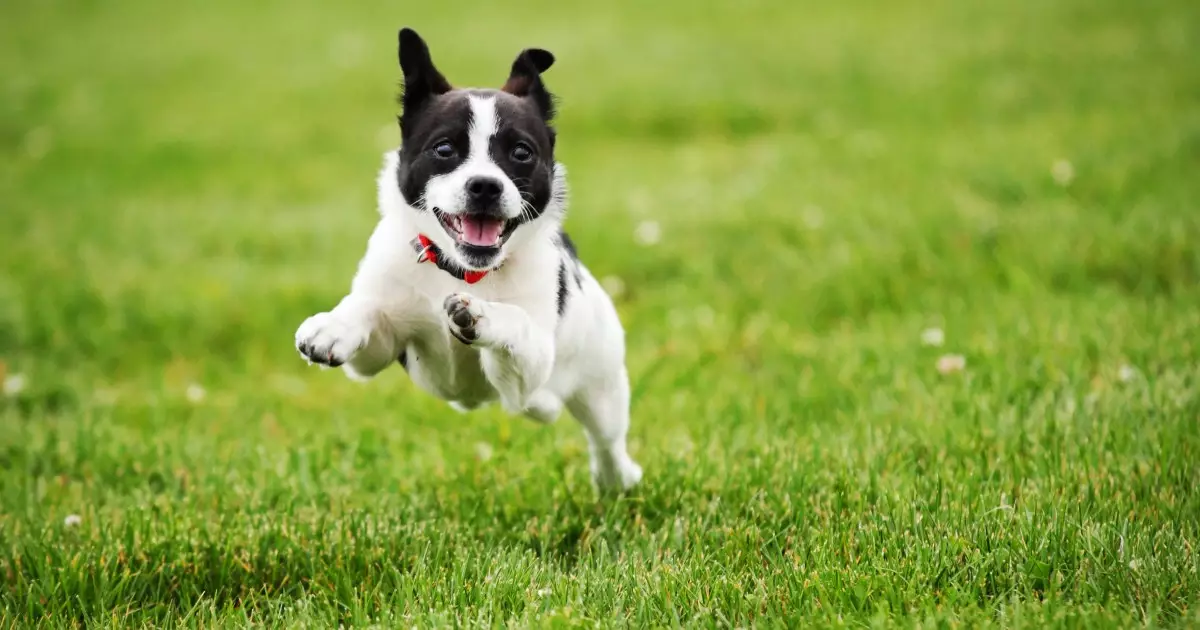As pet owners, we often focus on feeding our dogs well and ensuring they have regular veterinary check-ups, but one crucial aspect of canine care frequently overlooked is exercise. While ample physical activity is essential for maintaining a dog’s health, its implications on their behavior are equally significant. A lack of adequate exercise can lead to a host of behavioral problems, especially in young and energetic breeds.
It is common for dogs, particularly puppies and younger dogs, to possess an abundance of energy. This overflowing enthusiasm might seem charming at first; however, when mismanaged, it often translates into destructive behavior such as excessive barking, digging, or even tearing apart pillows and furniture. If you’ve found yourself frustrated with a furry friend who has developed a penchant for chaos, take a moment to consider whether they are getting enough exercise.
Sadly, many dogs are abandoned or surrendered to shelters due to these preventable behavior issues. Ads that read “free to a good home” often accompany heartbreaking stories of pets that suffer from a lack of physical outlets. Before adding a furry friend to your family, it’s essential to assess the exercise demands of the breed you’re interested in. The needs can vary significantly, and prospective owners should choose a breed that aligns with their activity level and lifestyle.
Understanding Exercise Requirements: Breed and Age Matters
The necessary amount of exercise is dependent on various factors, including a dog’s age, breed, and health condition. Consider a 10-month-old Irish Terrier puppy, who will likely require far more exercise than a 5-year-old Whippet. Some breeds, like sighthounds, thrive on bursts of speed, while others, such as guarding dogs, may not need as much physical stimulation as highly active sporting breeds.
Interestingly enough, energy levels can also differ drastically within the same breed. A lively 8-year-old Golden Retriever might demand more exercise than a more subdued 3-year-old of the same breed. Even senior dogs, though they may not be as spry as their younger counterparts, still benefit from regular walks—adjusting the duration and intensity to suit their capability.
It’s essential to recognize that a simple stroll around the block isn’t sufficient for most dogs. A general guideline suggests that most dogs require between 30 to 60 minutes of physical activity daily. This activity is not just a matter of keeping them fit; it entails ensuring they expend enough energy that they become noticeably mellow after their exercise session.
For active breeds, a minimum of 30 minutes of intense aerobic activity on most days is crucial for their well-being. Contrary to a common myth, smaller and toy breeds are not exempt from needed physical activity. Breeds such as Pugs, known for their adorable squished faces, can be prone to obesity and require more movement than many owners may realize.
Adapting Exercise to Conditions and Preferences
Weather can play a significant role in how you approach your dog’s exercise regimen. Extremely hot or cold temperatures can be unsafe for outdoor activities, and during such times, owners can focus on indoor stimulation through mental exercises or finding ways to engage their dog’s energy indoors, such as running up and down the stairs or teaching new tricks.
Physical and mental exercises go hand in hand. A simple walk on a new hiking trail can serve not just as a workout, but also as a means to stimulate your pet’s mind. Exploring different environments keeps the experience fresh for both dog and owner, allowing them to discover new scents and sights together.
Engaging in social activities, such as visiting dog parks or enrolling in doggy daycare, can further enhance your pet’s exercise routine. While parks can be a great venue for off-leash play and socialization, it’s vital to monitor your dog’s interactions to ensure they are comfortable and feel safe among other dogs.
The Risks of Inactivity
Neglecting exercise can lead to serious repercussions for your dog’s health. Just like humans, inactive dogs are prone to obesity, which can create a myriad of health issues such as diabetes, respiratory problems, and even heart disease. Overweight pets also risk exacerbating orthopedic issues like hip dysplasia and arthritis, making physical activity even more crucial for their quality of life.
Providing adequate exercise is not merely beneficial; it is a fundamental aspect of responsible dog ownership. By understanding your dog’s specific needs and making exercise a regular part of their life, you can ensure they lead a happy, healthy, and well-adjusted life. Taking the time to invest in your dog’s physical health pays dividends in their behavior and overall happiness!

